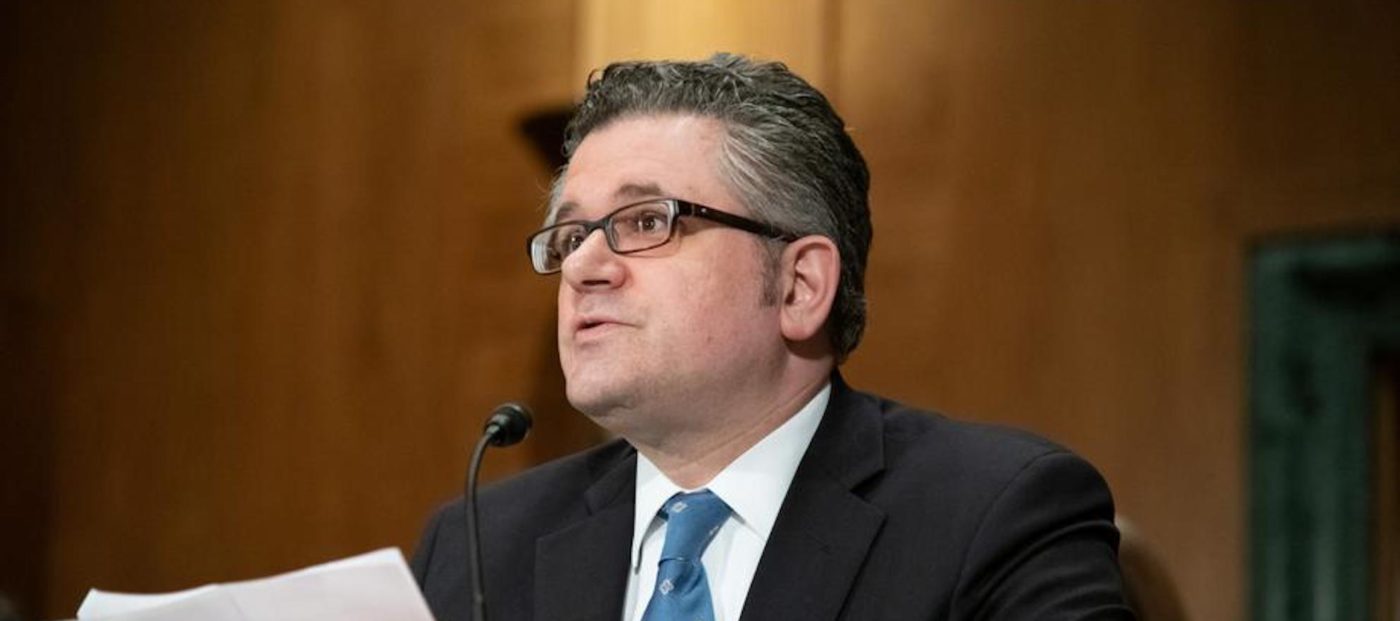Mark Calabria appears to have misjudged the burden the coronavirus pandemic is going to have on the mortgage industry.
Calabria, the director of the Federal Housing Finance Agency, told HousingWire earlier this month that he expected about 1 million mortgages backed by Freddie Mac and Fannie Mae to go into forbearance.
Financial technology firm Black Knight found that there were nearly 1.4 million Fannie and Freddie loans in forbearance as of Friday, April 19 – representing 4.9 percent of their mortgages.
“In these times, it is essential to both our industry and for the benefit of the entire U.S. economy to have a clear understanding of the magnitude of the mortgage forbearance situation,” Black Knight CEO Anthony Jabbour said.
Calabria has been at the center of a heated debate among regulators, mortgage lenders and members of Congress about the need of the federal government to provide liquidity support to non-bank mortgage lenders.
The $2 trillion CARES Act comes with significant benefits for homeowners who are unable to make their mortgage payments, most notably a moratorium on foreclosures and the right to forbearance. Forbearance allows borrowers with a federally backed mortgage to put off payments for at least six months if they suffer economic hardship during the pandemic.
The law requires lenders to approve forbearance if requested by the borrower. The share of loans in forbearance climbed from 2.73 percent to 3.74 percent during the week ending April 5, according to the Mortgage Bankers Association’s Forbearance and Call Volume Survey. That’s up from 0.25 percent on March 2.
The MBA estimates that the burden on lenders could range from $75 billion to $100 billion or higher if one-quarter of borrowers take advantage of forbearance for six months or longer.
A failure to act could trigger a mortgage crisis, advocates of the facility warn – including members of Congress.
Federal Reserve Chair Jerome Powell said last week that the Fed is “watching carefully” the economic situation around mortgage lenders and appeared to leave the door open to providing liquidity support to the industry.
Treasury Secretary Steven T. Mnuchin said regulators are “very aware of the issue” around non-bank lenders facing liquidity challenges brought on by borrowers not making mortgage payments during the coronavirus pandemic.
“We’re very aware of the issue,” Mnuchin said. “Quite frankly, we’ve been studying this issue way before COVID and had concerns about some of these non-bank servicers not being well-capitalized, but we’re going to make sure that the market functions properly.”
But Calabria told the Wall Street Journal, “I’ve seen zero [evidence] to suggest that there’s a systemic crisis across the nonbank servicers. If this goes on for a year, maybe. But I think the frustration here is a lot of just misrepresentation.” He dismissed their complaints as “spin.”
Black Knight’s analysis also found:
- As of April 16, more than 2.9 million homeowners – or 5.5 percent of all mortgages – have entered into mortgage forbearance plans.
- This population represents $651 billion in unpaid principal and includes 4.9 percent of all GSE-backed loans and 7.6 percent of FHA/VA loans.
- At today’s level, mortgage servicers would be bound to advance $2.3 billion of principal and interest payments per month to holders of government-backed mortgage securities on forbearances.
An FHFA media representative did not return emails from The Mortgage Note to see if Calabria’s views have changed.
